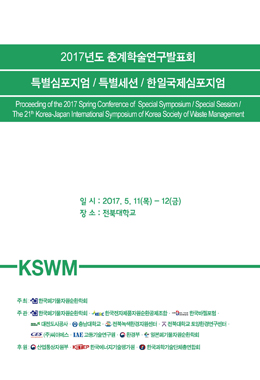The falling fuel resources along with the insistence to diminish greenhouse gas emissions has been a dominant objective for the development of alternative fossil fuels. The efficient evolution of the use of solid biomass in the past few years over prevalent solid fuel supply chains including but not limited to easy and cost-effective incorporation, high efficiency, high volume manufacturing and transportation system have now become the grounds of world’s economy. Notwithstanding several advantages it holds some limitations encompasses its high moisture content, lack of bulk density, its tendency to degrade and low calorific value strengthening its increment in cost for energy input. Interest in research on torrefaction of biomass and waste materials is thriving due to its potential of energy valorization. This study has provided an insight on the co-torrefaction of two freely available resources, sewage sludge (SS) and waste wood (WW). Effect of torrefaction temperature on mass and energy yield, HHV, elemental composition and gas yield were studied at a torrefaction temperature range of 200 to 450 ℃. The decomposition rate of hemicellulose and organic component in lignocellulosic and non-lignocellulosic component had crucial role in determining the characteristics of the torrefied products. In addition, the gaseous products from torrefaction were also analyzed. Comparatively low emission of carbon dioxide and thermal hydrocarbon is one of the primary benefits of using the blends. The blends exhibited higher HHV compared to SS whereas an upsurge in the torrefaction temperature resulted in declined CO2 in the product gas. In addition, blending increased the detection temperature of THC to around 290 ℃ featuring the benefits of blending. As aforementioned, blending can not only cutback transportation and storage cost but can also have productive clout on pyrolysis, gasification and co-firing units operation by cutting down power usage and biomass grinding tariff.


